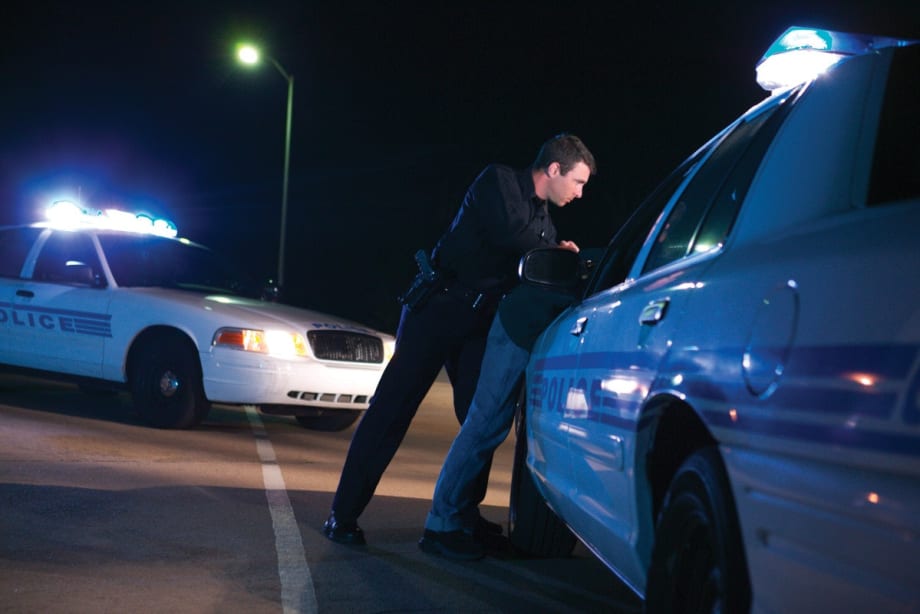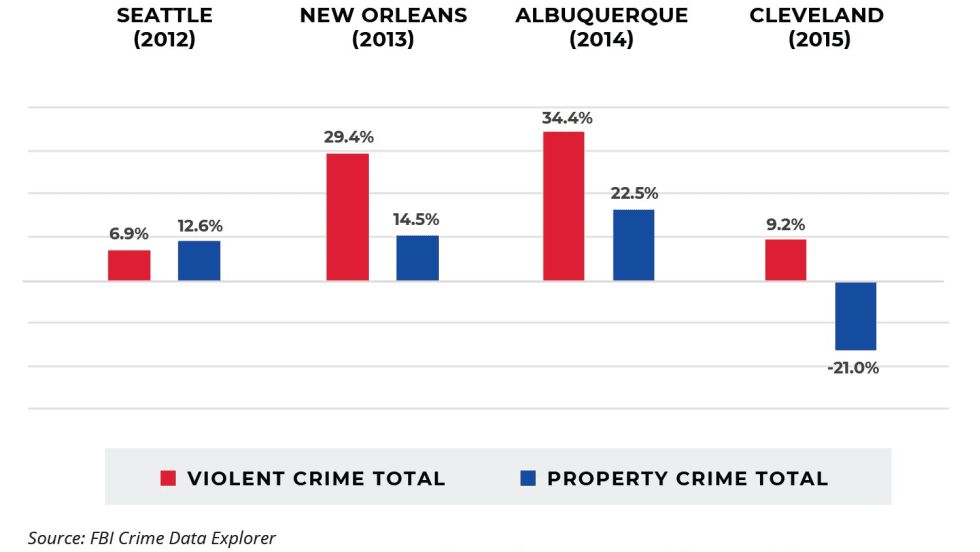As law enforcement officers, part of your job is to subdue and restrain violent people in order to protect yourself, others, and even the subject being restrained. Unfortunately, the techniques you use to control and restrain the subject may interfere with that individual’s ability to breathe. This can result in an in-custody death from a phenomenon called positional asphyxia.
Despite the name, positional asphyxia is not just about the position of the subject’s body. There are precipitating factors that make positional asphyxia deadly. These factors include intoxication due to alcohol, drug use, obesity, psychiatric illnesses, and physical injury. Positional asphyxia may even be caused simply by the subject getting into a breathing-restricted position they cannot get out of, either through their own carelessness or as a consequence of an accident or illness. Some people have suffered seizures that trapped them in positions where their breathing was restricted and death has resulted.







